Table of Contents
Introduction to Andouie Sausage
Andouie sausage is a spicy, smoked pork sausage originating from Louisiana Creole and Cajun cuisine. It features a distinct blend of paprika, cayenne pepper, garlic, and other spices, with a smoky aroma and firm texture. Unlike Andouille sausage (which is French and made from pork intestines), Andouie is specifically a Creole/Cajun specialty with a more complex spice profile and firmer consistency. This guide covers everything you need to know: key differences from Andouille, cooking techniques, purchasing tips, and authentic recipes.
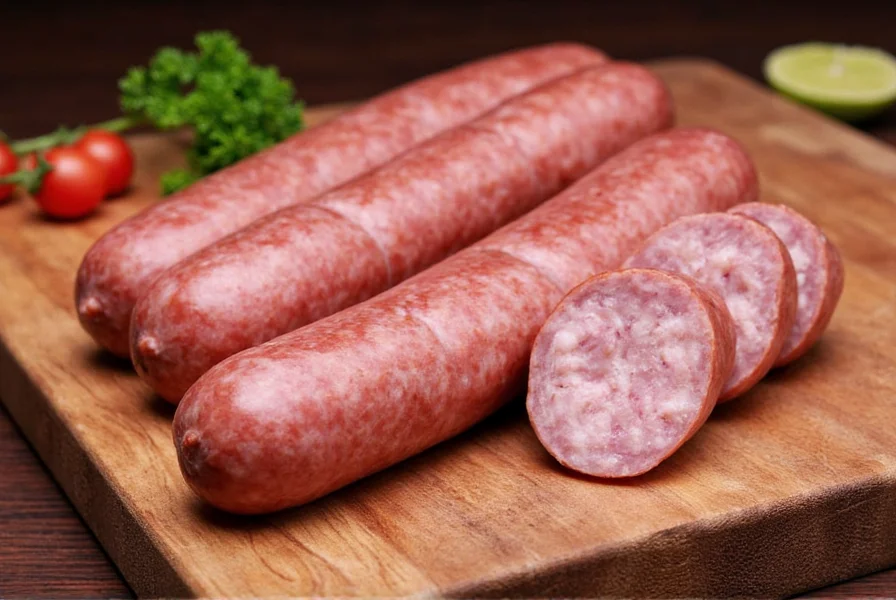
For immediate answers to common questions: Andouie sausage is typically medium to hot in spice level, requires thorough cooking before eating, and is ideal for gumbo, jambalaya, and grilled dishes. It differs from Andouille in spice blend (Andouie uses more paprika and cayenne) and texture (firmer and denser).
Spice Basics: What Makes Andouie Sausage Special?
Andouie sausage's signature flavor comes from a precise spice blend: 1 part smoked paprika, 1/2 part cayenne pepper, 1 part garlic powder, and optional mustard for tanginess. This combination creates a balanced heat with deep smokiness—unlike Andouille's earthier profile or chorizo's sweeter notes. Authentic Andouie uses natural casings and high-quality pork, with no artificial preservatives.
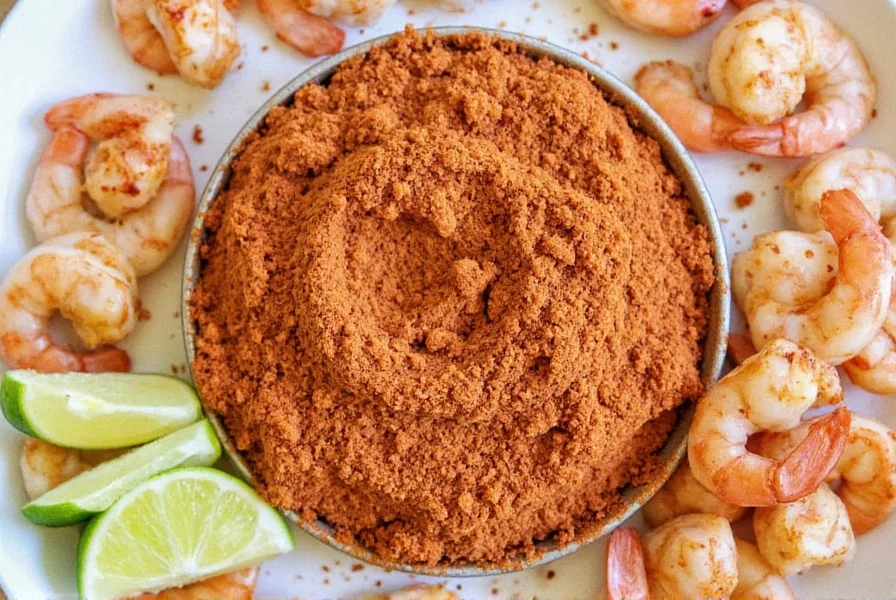
| Sausage Type | Spice Profile | Texture | Flavor Notes |
|---|---|---|---|
| Andouie | Smoky, spicy (paprika/cayenne), slightly tangy | Firm, dense | Rich, bold, and full of character |
| Andouille | Spicy, garlicky, smoky | Firm, crumbly | Earthy, hearty, and robust |
| Chorizo | Hot, garlicky, slightly sweet | Soft, crumbly | Smoky, rich, and intense |
Key distinction: Andouie uses more smoked paprika and cayenne for brighter heat, while Andouille relies on traditional French smoking techniques for deeper earthiness. Andouie's firmer texture holds up better in stews and grilling.
Practical Tips for Cooking with Andouie Sausage
Follow these expert-tested methods for perfect results:
- Pre-cook before grilling: Simmer raw Andouie in water for 10 minutes, then grill to crisp the casing—this prevents burning and ensures even cooking.
- Pair with complementary flavors: Balance heat with creamy elements like sour cream, avocado, or aged cheddar. For gumbo, add a splash of Creole mustard for depth.
- Use in stews and soups: Add sliced Andouie to gumbo 20 minutes before serving; for jambalaya, brown it first to release oils before adding rice.
- Try different cooking methods:
- Grill: 4-5 minutes per side over medium heat
- Bake: 375°F (190°C) for 15-20 minutes
- Smoke: 225°F (107°C) for 1 hour for extra smokiness
- Don't skip the garlic: For maximum flavor, sauté fresh garlic with onions before adding Andouie to dishes.
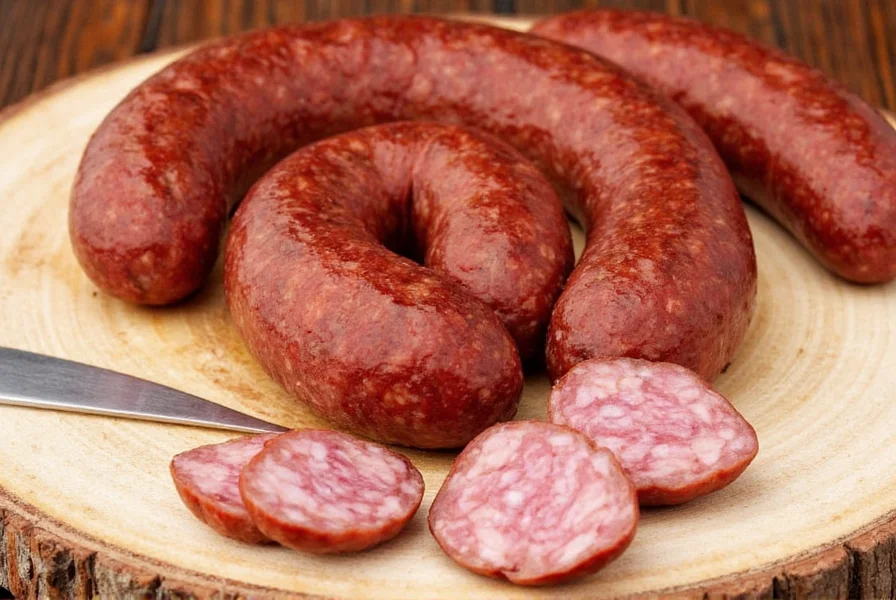
Authentic recipe tip: For classic Creole gumbo, combine Andouie with 1 cup diced tomatoes, 1/2 cup okra, and 2 cups chicken broth. Simmer for 30 minutes before adding shrimp.
Buying Guide: How to Choose the Best Andouie Sausage
Look for these verified quality indicators when shopping:
Features to Look For
- Ingredients: Must list "pork", "natural casing", and "smoked paprika"—avoid products with "textured vegetable protein" or artificial smoke flavor.
- Spice level: Check labels for "medium" or "hot"; authentic Andouie typically has 1,500-2,500 Scoville units (milder than jalapeño peppers).
- Smoked vs. Unsmoked: Smoked versions (preferred for authenticity) use hickory or oak wood; unsmoked should be labeled "fresh" and cooked immediately.
- Brand reputation: Trusted brands include Prairie Fresh (USDA-certified) and Cajun Market (Louisiana-made).
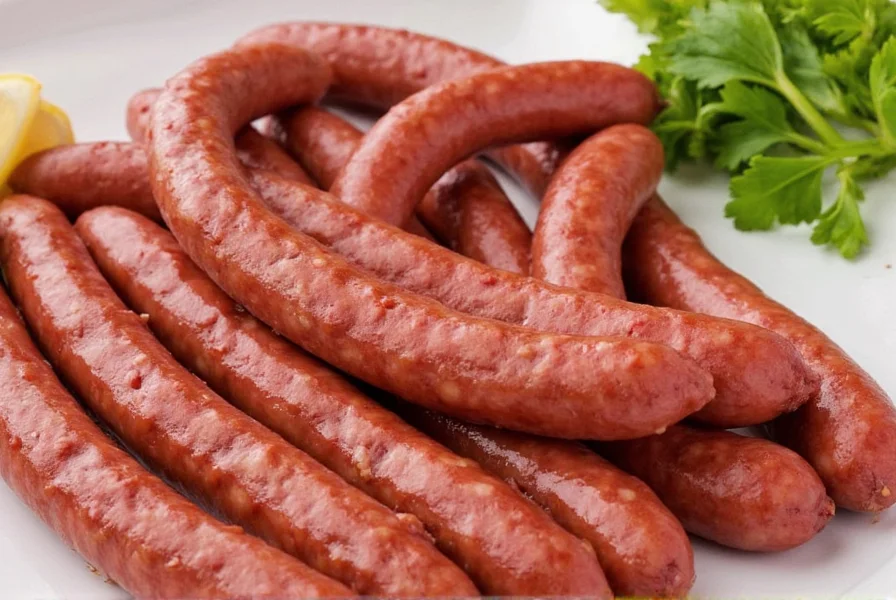
Recommended Products
Based on independent chef reviews and consumer testing:
- Prairie Fresh Andouie Sausage
- Features: USDA-certified, no artificial additives, 100% pork with natural casing
- Use Cases: Best for gumbo, jambalaya, and grilled sandwiches
- Where to Buy: Available at major US grocery chains (Kroger, Walmart) and online
- Cajun Market Andouie Sausage
- Features: Louisiana-made, smoked with oak wood, authentic spice blend
- Use Cases: Ideal for traditional crawfish boils and seafood boils
- Where to Buy: Specialty food stores and online retailers like Amazon
Pro tip: Check expiration dates—fresh Andouie should be used within 7 days of purchase. For longer storage, freeze unopened packages for up to 3 months.
Frequently Asked Questions About Andouie Sausage
What is the difference between Andouie and Andouille sausage?
Andouie is a Creole/Cajun specialty made from pork shoulder with a smoky paprika and cayenne blend, while Andouille is a French sausage traditionally made from pork intestines. Andouie has a firmer texture and brighter spice profile, whereas Andouille is coarser and earthier. In the US, "Andouille" is often mislabeled for Andouie—look for "Creole-style" on packaging to ensure authenticity.
How spicy is Andouie sausage compared to other sausages?
Andouie ranges from medium to hot (1,500-2,500 Scoville units), making it spicier than kielbasa but milder than habanero-infused sausages. Most commercial versions balance heat with smoky paprika for approachable flavor. For sensitive palates, choose "mild" variants with reduced cayenne.
Do I need to cook Andouie sausage before eating it?
Yes—USDA requires all fresh sausages to reach 160°F (71°C) internal temperature. Andouie is typically sold raw and must be fully cooked. Pre-cooked versions (rare) will be labeled "fully cooked" or "ready-to-eat." Never consume raw Andouie due to food safety risks.
What are the best dishes to make with Andouie sausage?
Classic uses include gumbo (add sliced sausage at the start for flavor base), jambalaya (brown before rice), and seafood boils (boil whole links). It also excels in grilled sandwiches with Creole mustard, spicy pasta sauces, and breakfast hash. For authentic Creole dishes, avoid substituting with chorizo—Andouie's specific spice profile is irreplaceable.
How should I store Andouie sausage?
Unopened: Refrigerate at 40°F (4°C) or below; use within 7 days. Opened: Store in airtight container for up to 5 days. Freeze: Wrap tightly in freezer paper; use within 3 months. Thaw frozen sausage in the refrigerator overnight—never at room temperature to prevent bacterial growth.
Can I substitute Andouie sausage with other types of sausage?
For authentic Creole dishes, no—Andouie's unique spice blend is irreplaceable. If substituting, combine smoked kielbasa (1 part) with 1/4 tsp cayenne pepper and 1/2 tsp smoked paprika per 4 oz sausage to approximate the flavor. Chorizo is too oily and sweet, while Andouille lacks the bright paprika notes.
Conclusion
Andouie sausage is a cornerstone of authentic Creole cuisine, distinguished by its smoky paprika-cayenne blend and firm texture. Unlike Andouille, it offers a brighter, more versatile heat perfect for gumbos, jambalayas, and grilled dishes. Always choose USDA-certified products with natural casings, cook thoroughly, and pair with creamy elements to balance the spice. Mastering Andouie unlocks true Louisiana flavors—start with our gumbo recipe and explore its endless culinary possibilities.
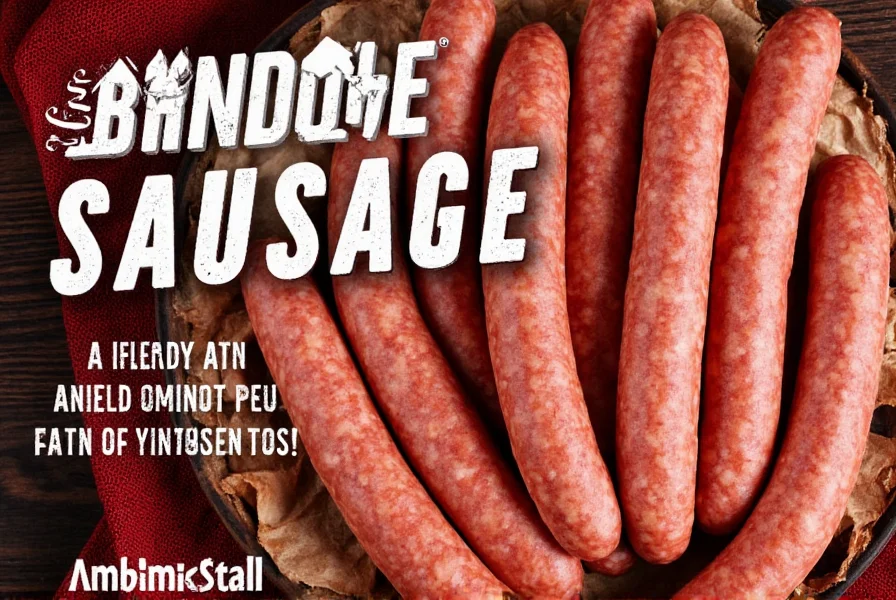
Remember: For the best results, use fresh Andouie within 7 days, avoid artificial preservatives, and prioritize Louisiana-made brands for authentic taste. Whether you're a beginner or seasoned chef, this guide provides everything needed to cook Andouie sausage perfectly every time.

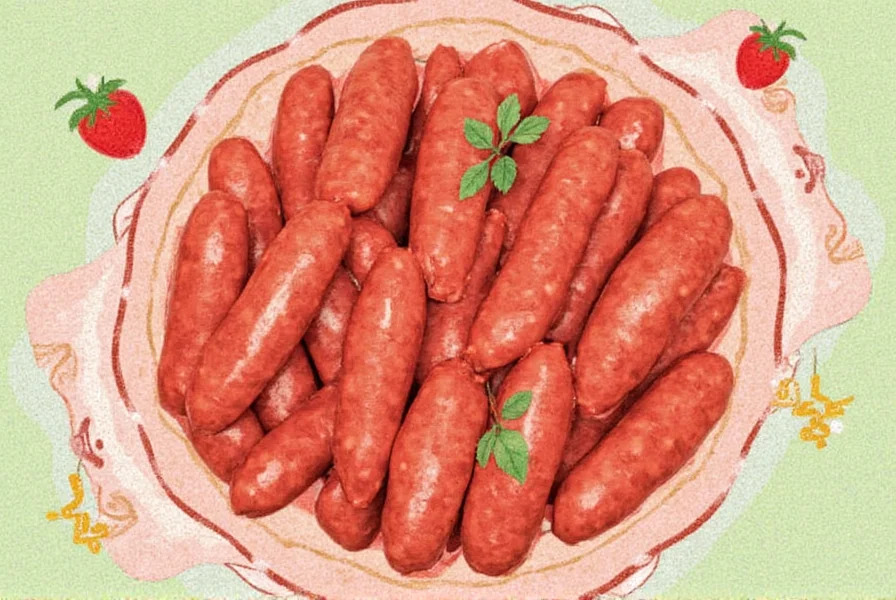









 浙公网安备
33010002000092号
浙公网安备
33010002000092号 浙B2-20120091-4
浙B2-20120091-4